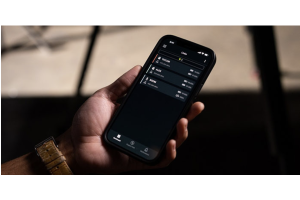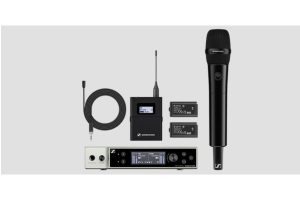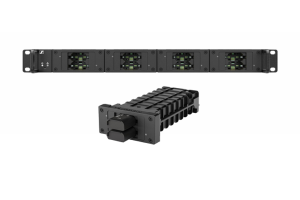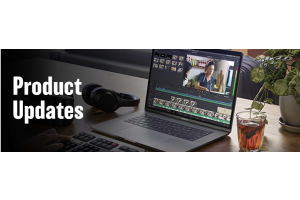Choosing the Right Video Camera for Broadcast Journalism
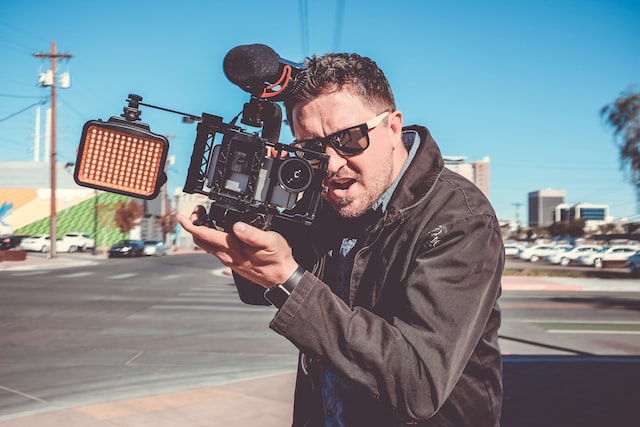
Video cameras are an essential tool for broadcast journalists. They allow journalists to capture live footage of events, which can be used to report the news. Video cameras also allow journalists to record interviews and other footage for their stories.
As a broadcast journalist, having the right video camera is essential. It can mean the difference between getting the needed shot and missing the opportunity altogether. You must put some consideration into choosing the right video camera.
Here are the things you need to consider when choosing the right video camera for broadcast journalism:
1. Quality
When it comes to choosing a video camera for broadcast journalism, quality is critical. After all, you want your footage to look as good as possible when it airs on television.
There are a few things to remember when shopping for a broadcast-quality video camera. First, you'll want to ensure that the camera can record in high definition (HD). This will ensure that your footage looks sharp and clear on TVs.
Second, you'll want to pay attention to the camera's low-light performance. Broadcast journalism often takes place in dimly lit environments, so choosing a camera that can still produce high-quality footage in low light is essential.
Finally, you'll want to ensure your chosen camera is durable and rugged. Broadcast journalism can be a demanding and fast-paced field, so you'll need a camera that can keep up.
2. Record Format
The record format is the most crucial factor to keep in mind when choosing a video camera for broadcast journalism. The record format will determine the quality of the video footage. There are two main types of record formats: HD and SD.
HD, or high definition, offers a higher quality video than SD, or standard definition. However, it should be noted that not all HD cameras are created equal. There are different levels of HD, such as 720p and 1080p. The higher the number, the better the quality.
SD cameras can also produce high-quality videos, but they will not be as clear or sharp as those recorded in HD. If you're on a tight budget, an SD camera may be a good option. However, if you have the money to invest in an HD camera, it is worth doing so since it will provide better results overall.
3. Sound Quality
You'll want to make sure that your microphone is of good quality. This is especially important if you're doing any on-the-scene interviews. Besides that, you'll want to ensure that your camera can pick up sound well. Many cameras have built-in microphones, but some don't pick up sound as well as others.
4. Recording Limit
The recording limit is the time the camera can record before it needs to be stopped and restarted. For most broadcast journalism applications, you will want a camera with a recording limit of at least 30 minutes.
The type of camera is the most critical factor to consider in broadcast journalism. Broadcast journalists need a camera that can capture high-quality video and audio. High-quality lenses are also necessary as they determine the type of shots that can be captured.
It is best to invest in the right broadcast camera as it will determine the quality of your work. Take your time and choose the best that you need.
3D Broadcast can assist you with your broadcast equipment needs. We offer a wide range of broadcast and post-production equipment, including lighting, tripods, and many other items. Order high-end cameras from us today!


